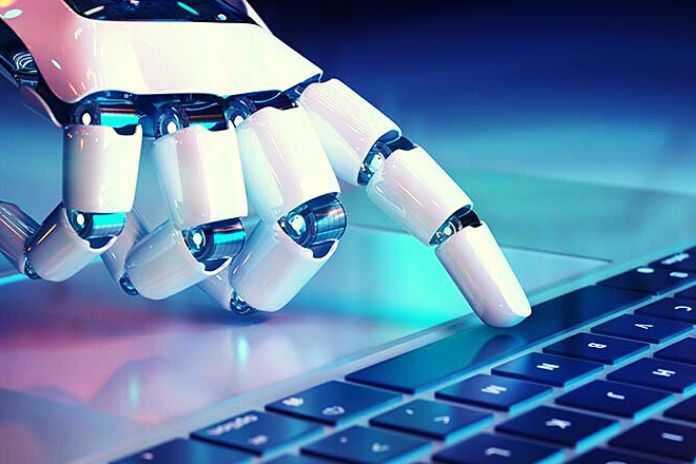Types of Robots: The robotic automation of processes came to solve several operational problems, but it brought alphabet soup with it.
RPA, RDA, IVA, IPA, RCA… they are all robots, but do you know the difference? In this article, we brought a little of each of them, giving a brief brushstroke on their characteristics and concepts.
RPA (Robotic Process Automation)
They are software robots that simulate tasks performed by human beings in repetitive activities, which can be described through execution scripts with structured entries.
RPA is usually applied to tasks with a high volume of executions or that require a high degree of assertiveness, where an error can cause damage to the organization.
Adopting work with RPA already leverages increased productivity in business. Still, we have seen technologies emerge that are used in conjunction with RPA, making it even more effective and robust, such as those described in this article.
RDA (Robotic Desktop Automation)
It is a type of software robot, similar to RPA, which is installed on the user’s machine, and for it to run, it needs your action.
They are generally used when a repetitive action is required in the user’s activity that does not necessarily require decision-making. For example, the user works with the robot, activating it whenever mechanical movement is necessary, like a personal assistant.
An example of this type of robot is the refund request task, where the user needs to access the websites to capture receipts for a certain period, capture information, and fill out a specific form. This action can be in a script on the user’s machine, and, every time it is necessary to request a refund, the robot is triggered to perform this task. In contrast, the user performs another activity that does not require access to his machine, as once the robot is working, it occupies the device, just like a human user.
IVA (Intelligent Virtual Agent)
It is a technology that interacts with users and company systems through voice or text messages. For example, virtual assistants interact through chatbots or IVR (Interactive Voice Response); they can use natural language processing so that the message is interpreted and responded to appropriately by the user, either by voice or text.
IVRs are technologies interacting with users through computer telephone systems without requiring human action. Instead, these technologies convert voice into text through cognitive services used for speech recognition and synthesis. Some RPA platforms already have commands for interaction via chatbot or voice synthesizer for IVR, allowing these resources to work together in a more integrated way.
With Closed Questions
The system ignores unscheduled responses until the response, or part of it, is obtained. You must have already gone through this experience when you call the bank or the health plan, and the voice on the other end instructs you to say the desired option, and you say another in an attempt to be understood, and the voice tells you to ignore.
With Context
Where the tool searches in a knowledge base, the most appropriate answers are related to the context treated between the user and the robot, thus tracing an exchange of messages until the necessary solution is obtained. A good example is a delivery request by telephone from a restaurant, where the technology talks to you and asks you an open question asking you if you have any observations; that is the time to speak. It works! I already took the test.
IPA (Intelligent Process Automation) / RCA (Robotic Cognitive Automation)
IPA or RCA is an extension of the capabilities of RPA. The software robot with IPA capabilities acquires machine learning, computer vision, and cognitive automation powers. So this robot, in addition to performing standard and repetitive tasks, also has models based on machine learning, which allows it to expand its abilities, execute judgments and provide answers.
This is possible, as it is based on a business model that does not have a standard. With the IPA, the concept of developing solutions no longer has only the figure of development and implementation of programming scripts; it becomes training the machine with feedback, not based on pre-established structured rules, but with complex rules based on historical data or data collected in real-time, such as images and unstructured text.
There is then a joint work between the human and the machine, where the human collects the information processed by the device and the machine, which improves its interpretation of human interactions.
The Advantages Of Implementing This Technology:
Input Conversion
They must be standardized into standards, so they are correctly processed, such as information in emails and unstructured PDFs.
A Trained Model
It can be applied to several tasks using the same model, as the technology is based on learning transfer. An excellent example of using this technology is reading contract files or invoices. Unfortunately, these documents do not have predefined template standards. Therefore, reading these documents with OCR technology can make the project unfeasible.
The limitations of this technology are similar to those of RPA, where there is a need to define rules to capture what is expected to solve the task; if this does not occur, an interruption in its processing will be caused.
Also Read: Main Benefits That Robotization Can Bring

